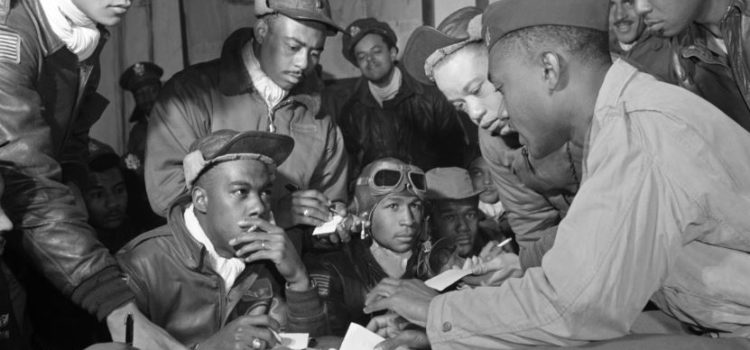

This article is an excerpt from the Shortform summary of "The Immortal Life of Henrietta Lacks" by Rebecca Skloot. Shortform has the world's best summaries of books you should be reading.
Like this article? Sign up for a free trial here .
Why did researchers let hundreds of men die of syphilis when they knew how to cure it? What brought all these poor Black men to the Tuskegee Institute? Are there lasting ethical considerations for research from the Tuskegee syphilis study?
The Tuskegee experiment is a study from the 1930s that recruited hundreds of men with syphilis just to watch them die. Researchers wanted to understand how syphilis kills people.
Find out more about the Tuskegee syphilis study, ethical issues, and the continued research presence of the Tuskegee Institute.
The Tuskegee Syphilis Experiment
In the 1930s, US Public Health researchers at the Tuskegee Institute were curious about exactly how syphilis killed its carriers. To track the progression of syphilis in the human body, the researchers running the Tuskegee experiment lured hundreds of syphilitic African-American men to participate in the study with free exams and meals, as well as a burial stipend for their families for when they passed away. These men were largely poor and uneducated, and their deaths were slow, painful, and entirely preventable: The doctors at the time knew that penicillin could cure them. But they needed to watch people die in the Tuskegee experiment. With the Tuskegee syphilis study, ethical issues have been raised that continue to be discussed.
Tuskegee Institute and HeLa Cells
Once Gey and a colleague from NFIP determined that HeLa cells were in fact susceptible to poliovirus—some cells were naturally resistant—the colleague was tasked with overseeing an industrial-level operation for growing HeLa cells. This operation was to be housed at the Tuskegee Institute, the renowned black university; the location had been advocated for by Charles Bynum, an executive of the NFIP, who was a science teacher and one of the first black foundation executives in the country.
In a matter of months, the HeLa Distribution Center was up and running. The operation began with six black scientists and technicians, but the staff eventually grew to 35, many of whom were women. The Center produced 20,000 tubes of HeLa cells—6 trillion total cells—a week, and those cells showed Salk’s vaccine to be effective. Ironically, at the same time that black scientists on Tuskegee’s campus were helping the American fight against polio, black Americans suffering from syphilis were being allowed to die on the same campus in the Tuskegee syphilis experiment.
Before long, the Tuskegee Center closed up shop, rendered obsolete by private, for-profit companies selling HeLa cells. And Gey, too, moved on from HeLa, attempting to culture cells from different patients. Intermittently, Gey lamented that HeLa cells had spread so widely—he’d failed to lay claim to his discovery by neglecting to publish his research and by sharing the strain so readily—but HeLa’s spread was well beyond his control.
Continued Media Coverage
With the appearance of the Rolling Stone article came further media inquiries, including from publications like Jet and Ebony that were marketed to African Americans. Given the historical moment, when memories of the Tuskegee experiment were still fresh and the Black Panthers were accusing the white-dominated medical establishment of racism, a story involving the improper collection and commodification of a black woman’s cells was timely news.

———End of Preview———
Like what you just read? Read the rest of the world's best summary of Rebecca Skloot's "The Immortal Life of Henrietta Lacks" at Shortform .
Here's what you'll find in our full The Immortal Life of Henrietta Lacks summary :
- How Henrietta's cells became used in thousands of labs worldwide
- The complications of Henrietta's lack of consent
- How the Lacks family is coping with the impact of Henrietta's legacy






